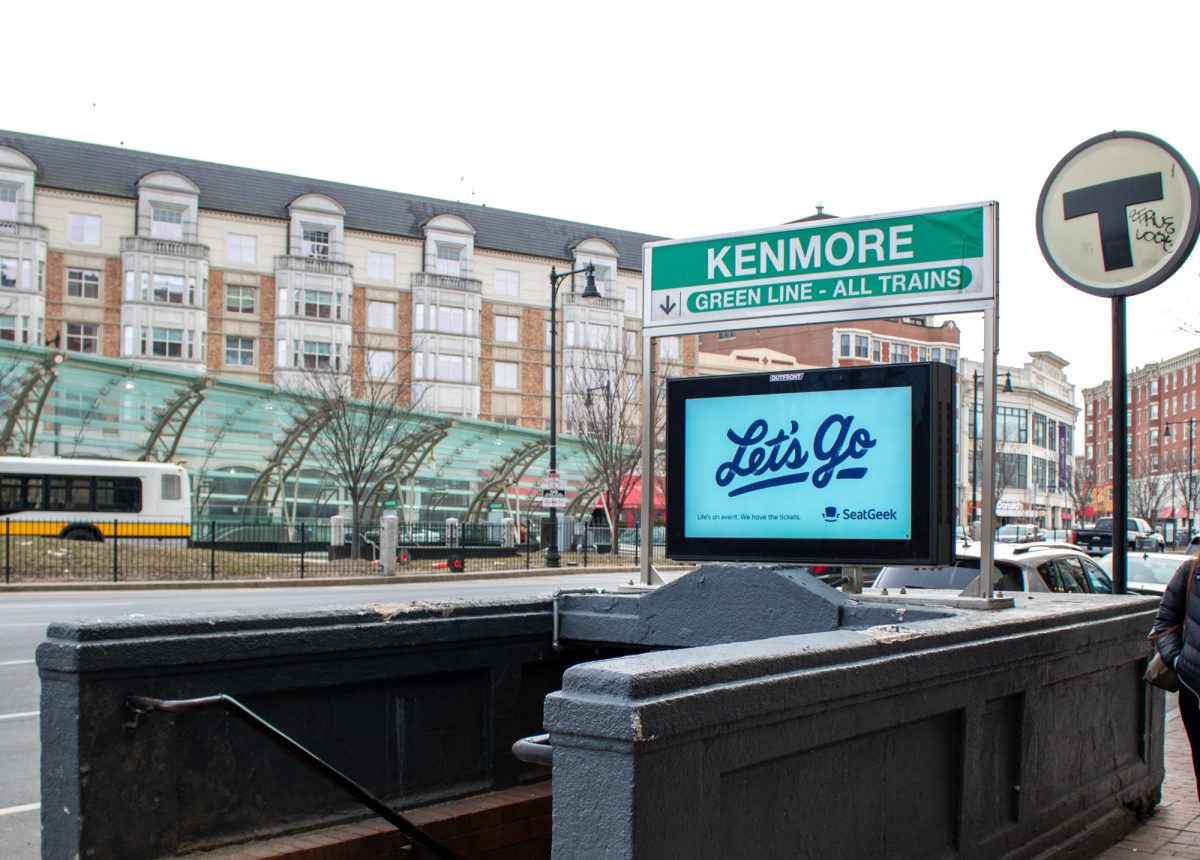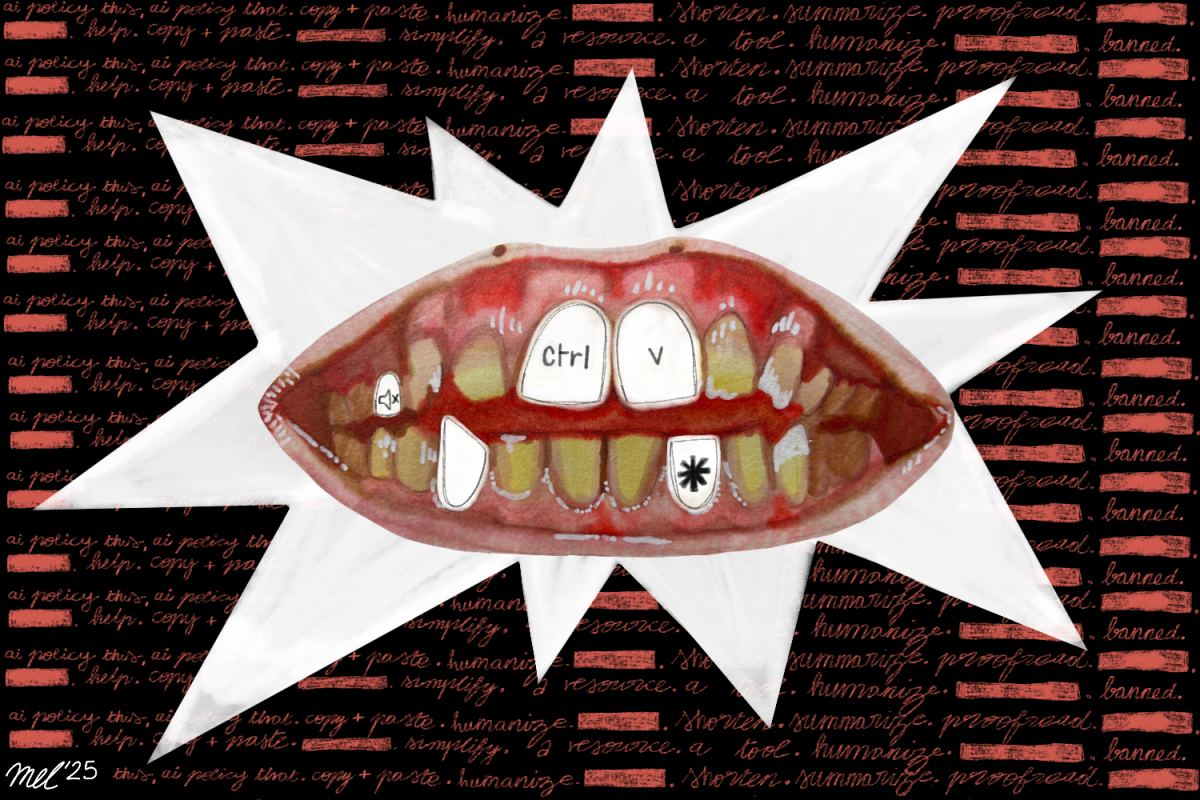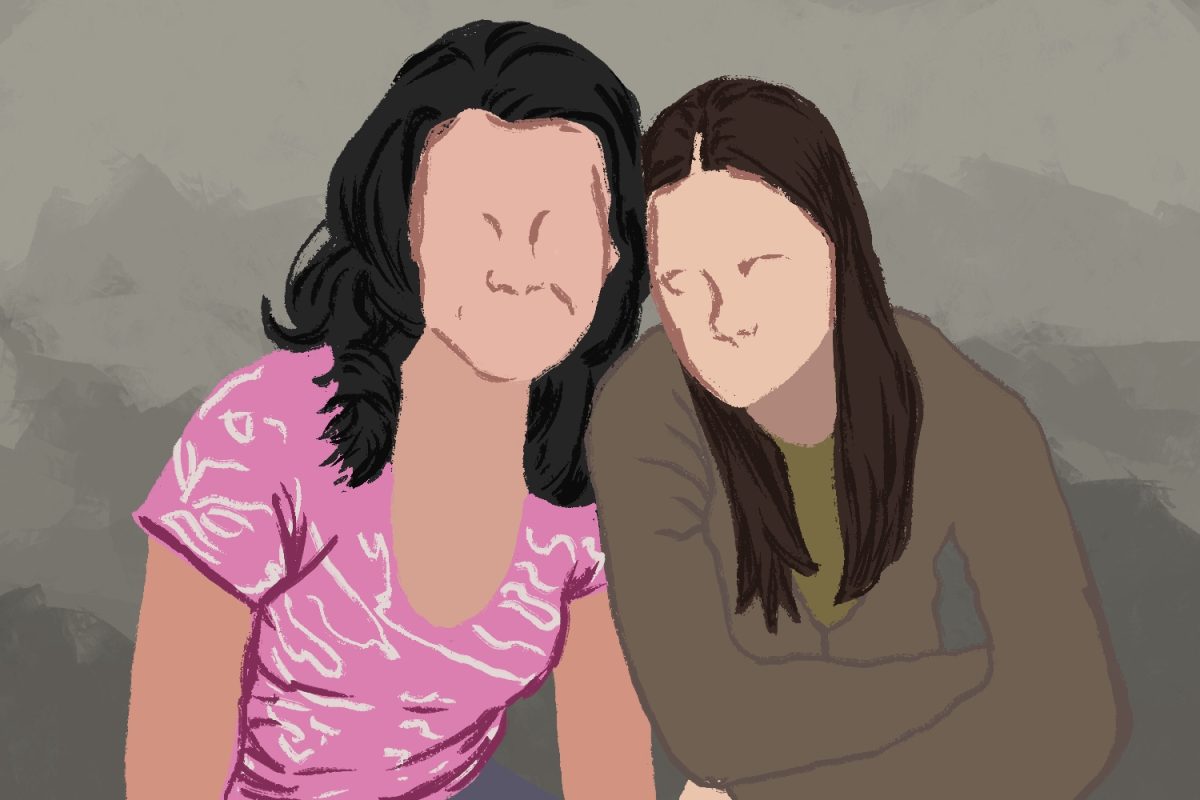For students, traversing the Boston University campus, which is 175 acres, can seem daunting.

However, in the CraftBU project to build the entirety of BU’s campus in Minecraft, students can now soar high above campus, gaze upon Commonwealth Avenue, explore Warren Towers and even discover Raising Cane’s basement.
The project started after two existing projects were combined: a solo project by Nicholas Marchuk, a junior in the College of Engineering and a group project led by then-BU Gaming member Jithvan Ariyaratne, who graduated in Spring 2021 from the College of Arts and Sciences.
Marchuk, the lead architect of the project, said building BU was an outgrowth of a previous project of his: building his high school in Minecraft before it was demolished.
“This building … which I had a lot of memories in, they were about to tear it down,” he said. “Internally, I just wanted some way to process what the new normal was going to be like, so I started a project with friends to build my high school in Minecraft and we did, and it was wildly popular with everybody there.”
Similarly, Marchuk added that when he first arrived on campus, he turned to Minecraft to help adjust to Boston and the campus’s unfamiliar layout.
“I started on my own to build it, and then I quickly realized it was a way bigger project than just one building,” Marchuk said.
In 2019, BU Gaming reached out to Marchuk to build the campus in Minecraft.
Ariyaratne, project lead of CraftBU and a former member of BU Gaming, said the model of BU campus created by CraftBU builders can help incoming freshmen, transfer students and students moving dorms to make informed choices about their on-campus lives, including what different dorm layouts are, transportation and walking time to classes.
On CraftBU’s website, the virtual campus can be used for virtual tours, virtual events, “realistic route planning,” housing plans and exploring campus unrestricted.
“It’s frustrating at the start of every semester you have all these threads on Facebook or Reddit or any social media platform, people just asking the same questions over and over and over again,” Ariyaratne said. “Sometimes they don’t get answers.”
Ariyaratne said he found himself noticing that the club was “losing a lot of casual gamers because we really didn’t cater to them or give them a reason to come … without getting scared away by all the competitive [players].”
So, to make the club more accessible to casual gamers, Ariyaratne said BU Gaming created a Minecraft server in 2018. For fun, players began building their dorms and other aspects of campus.
Over the next summer, Ariyaratne decided to make the Minecraft campus created by BU Gaming more accurate to the real one after noticing little details that were off — notably the scaling of buildings.
“We realized that if you’re actually building this, we need the planning,” Ariyaratne said. “When I would go to class, I’d notice all the buildings and the architecture and I thought that looked pretty cool and I was like ‘holy s— let’s actually put some work into it and build BU.’”
Marchuk said that once joining BU Gaming and Ariyaratne to work on the map in the Minecraft server, more resources such as satellite data became available to use.
“[Ariyaratne] had a server with a lot of people coming in and out,” Marchuk said, “and it became a much more collaborative thing, which was fun.”
Ariyaratne said the team used OpenStreetMap data to automate the process of building the campus block by block for convenience. He said that they also used Google Maps to reconstruct the campus accurately, such as in the construction of Commonwealth Avenue correctly.
“[Commonwealth Avenue] isn’t straight, so we had to rotate the entire map 1.2 degrees clockwise,” Ariyaratne said. “Depending on by how many degrees we rotated the image to get it flat, we inputted that in our code and generated the map.”
He said the focus on getting things right extended to tearing down buildings and rebuilding them from scratch if builders encountered any flaws.
“Warren [Towers] is huge, it’s much bigger, so it was a much larger scale project,” Ariyaratne said. “We actually rebuilt Warren three times over because we were either one or two blocks off upward on [Commonwealth Avenue] or vertically.”
After the final rebuild, the team started working on building Warren Towers’s interior — including with working elevators, he said.
Marchuk said that in addition to the practical value the CraftBU project has, the Minecraft model was a fun, simple way for him to pass the time during quarantine in 2020.
“It’s satisfying to have the same campus, but you can fly and whiz around and go under stuff,” Marchuk said. “It’s a freedom-type thing.”







































































































